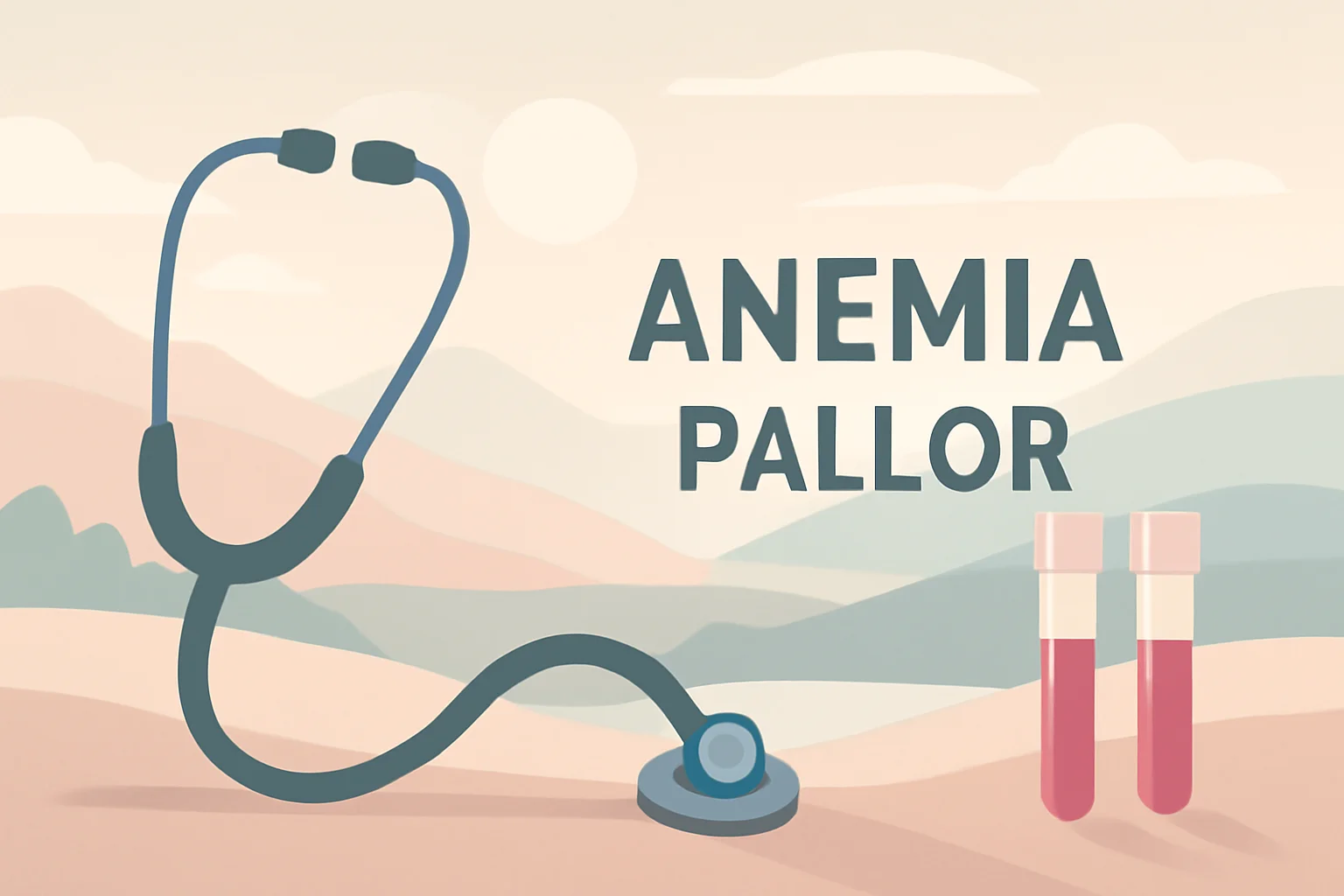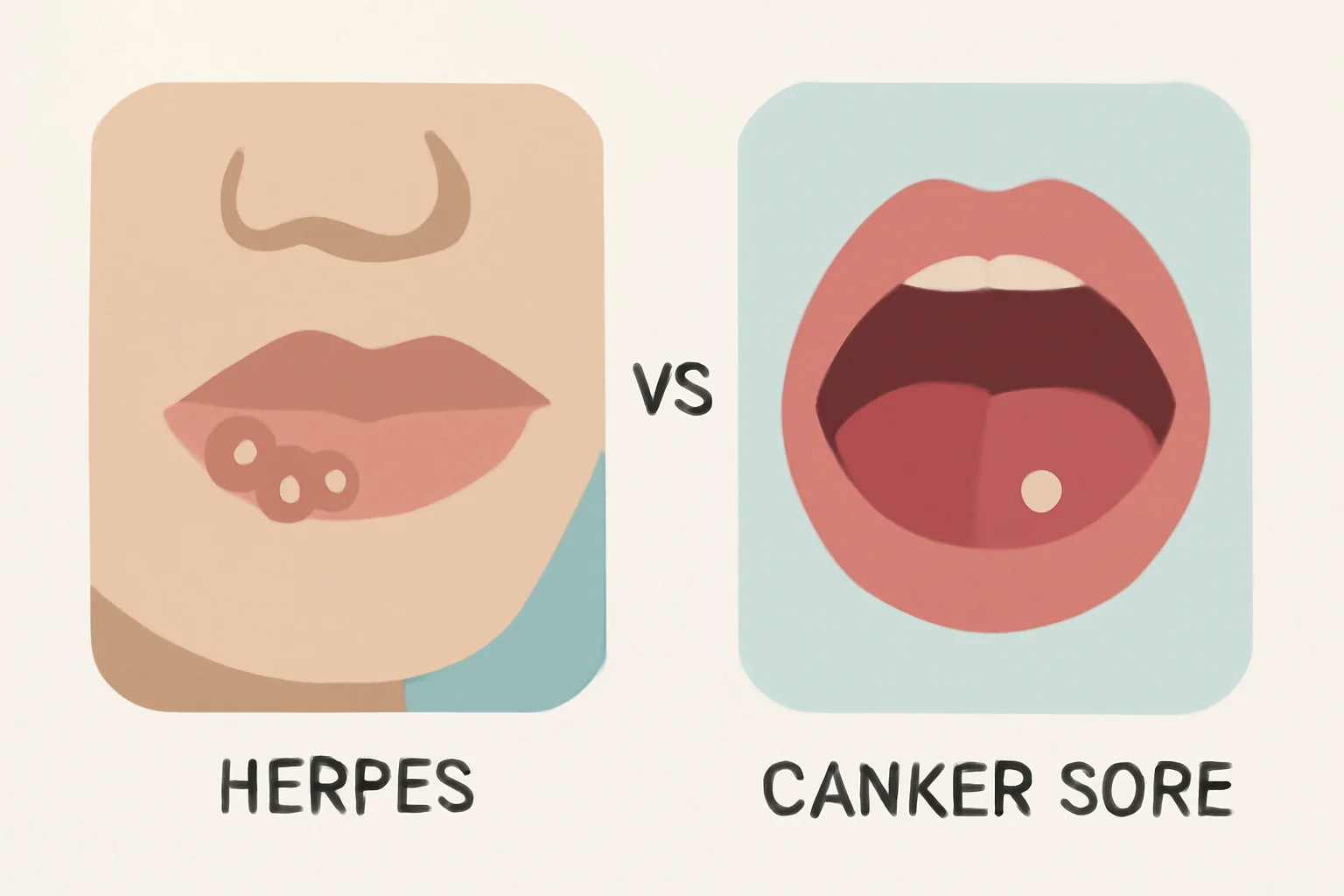
The Causes and Treatment Options of Anemia and Pallor
The concepts of anemia and pallor are often conflated, and many people do not realize how different they actually are. Both are related to the body’s oxygen supply and the state of the blood, but they can arise from different causes and symptoms. Anemia, also known as iron deficiency anemia, is a condition in which the number of red blood cells or the hemoglobin level in the blood is lower than normal, causing the body to be unable to transport adequate amounts of oxygen to the tissues. In contrast, pallor, which refers to a paler appearance of the skin and mucous membranes, can occur for various reasons, including anemia, but does not necessarily indicate it.
It is important to understand that while pallor can be a sign of anemia, several other factors can contribute to this symptom, such as stress, fatigue, or even the natural pigmentation of the skin. Diagnosing and treating anemia requires medical intervention, while exploring the underlying causes of pallor is of utmost importance. In this article, we will examine the differences between anemia and pallor, their symptoms, causes, and possible treatments.
Types and Causes of Anemia
There are various types of anemia, each with its own causes and characteristics. The most common types include iron deficiency anemia, vitamin B12 and folate deficiency anemia, and anemia associated with chronic disease.
Iron deficiency anemia is the most common form of anemia and usually occurs when the body does not receive enough iron from food or when iron absorption in the gastrointestinal tract decreases. Iron is essential for the production of hemoglobin, which is found in red blood cells and is responsible for the blood’s oxygen-carrying capacity. Symptoms of iron deficiency anemia include fatigue, weakness, dizziness, pallor, and shortness of breath.
Vitamin B12 and folate deficiency anemia typically occurs when the body does not receive enough of these vitamins, hindering the healthy development of red blood cells. Vitamin B12 deficiency is particularly common among vegetarians and vegans, as this vitamin is primarily found in animal-based foods. Folate deficiency usually occurs in pregnant women who have increased requirements. The symptoms of these conditions are similar to those of iron deficiency anemia, and treatment is generally carried out through vitamin supplementation.
Anemia associated with chronic disease can develop in conditions that cause inflammation or chronic illness, such as rheumatoid arthritis or chronic kidney disease. These conditions disrupt the production of red blood cells and reduce their lifespan. In this case, treatment focuses on addressing the underlying disease.
Causes and Symptoms of Pallor
Pallor refers to the discoloration of the skin and mucous membranes, which can be triggered by various causes. Pale skin is often one of the most noticeable signs of anemia, but it is not the only cause. Below are some of the most common causes and symptoms of pallor.
One of the most common causes is iron deficiency anemia, which can cause pallor due to decreased oxygen-carrying capacity of the blood. Besides anemia, pallor can also appear due to circulatory problems, such as peripheral artery disease, heart diseases, or shock. These conditions reduce blood supply to the skin, resulting in a pale appearance.
Pallor can also manifest due to stress, fatigue, or lack of sleep. Stress can trigger hormonal changes that affect blood supply to the skin, while fatigue and lack of sleep can also diminish the skin’s natural glow.
Other health conditions, such as hypothyroidism, diabetes, or infections, can also cause pallor. These conditions affect the body’s metabolism and blood supply, leading to changes in skin color.
The symptoms of pallor can vary and depend on the underlying causes. Most commonly, discoloration can be observed in the skin, mouth, and nails, but other symptoms may also occur alongside pallor, such as fatigue, dizziness, shortness of breath, or headaches.
Diagnosis and Treatment of Anemia
The diagnosis of anemia is typically made through laboratory tests that measure the hemoglobin level, the number of red blood cells, and the hematocrit value in the blood. Before establishing a diagnosis, the doctor will carefully review the patient’s medical history, lifestyle, and dietary habits.
Treatment depends on the type and cause of anemia. In cases of iron deficiency anemia, treatment generally involves taking iron supplements and consuming iron-rich foods, such as red meats, legumes, and leafy green vegetables. For vitamin B12 and folate deficiency anemia, vitamin supplementation is necessary, which is prescribed by a doctor.
In general, the goal of treating anemia is to normalize the hemoglobin level and alleviate symptoms. It is important to note that addressing the underlying causes of anemia is also essential, as merely reducing symptoms is not sufficient if the underlying issue is not resolved.
To prevent anemia, it is important to maintain a balanced diet that includes the necessary vitamins and minerals. Additionally, regular medical check-ups and monitoring of symptoms are crucial for early diagnosis and treatment.
Treatment and Prevention of Pallor
Treating pallor begins with identifying the underlying causes. If pallor is a consequence of anemia, the methods mentioned for treating anemia should be applied. Medical examinations may be necessary to uncover other causes of pallor, such as blood tests, imaging procedures, or even endoscopic examinations.
To prevent pallor, it is important to maintain proper nutrition and intake of vitamins and minerals. To prevent iron deficiency, it is advisable to enrich the diet with iron-rich foods, such as meats, fish, eggs, as well as leafy green vegetables and legumes. The intake of vitamin B12 and folate should also not be neglected, especially for vegetarians and vegans.
Another important aspect of treating pallor is managing stress and ensuring adequate rest. To reduce stress, it is beneficial to practice relaxation techniques, such as meditation, breathing exercises, or regular physical activity. Sufficient sleep and rest can also contribute to the skin’s glow and health.
It is important to emphasize that pallor should not be ignored, especially if it persists. Changes in skin color can indicate serious health problems, so it is always advisable to consult a doctor if other symptoms accompany pallor.
**Warning:** This article does not constitute medical advice. Always seek the advice of a qualified physician for health concerns!

